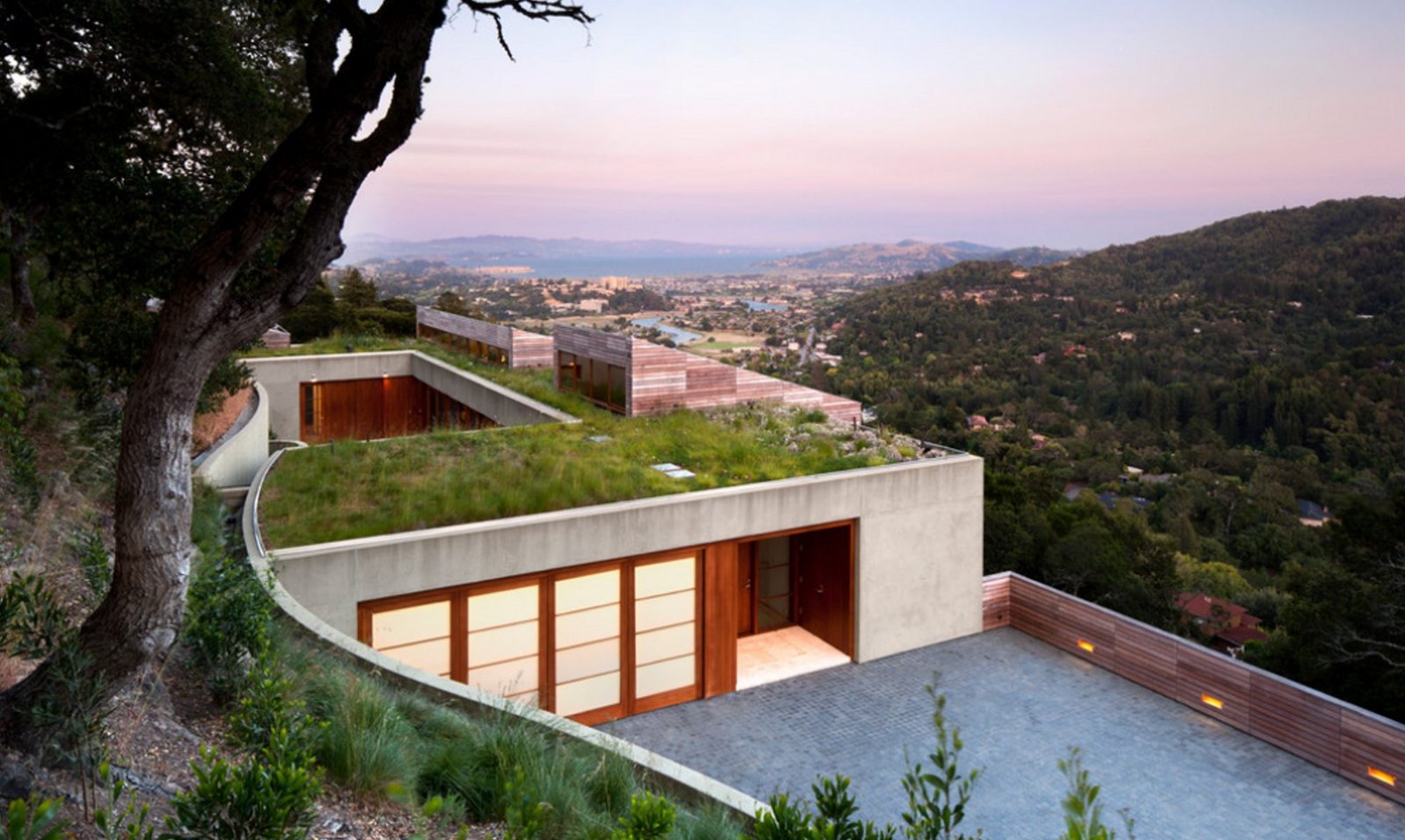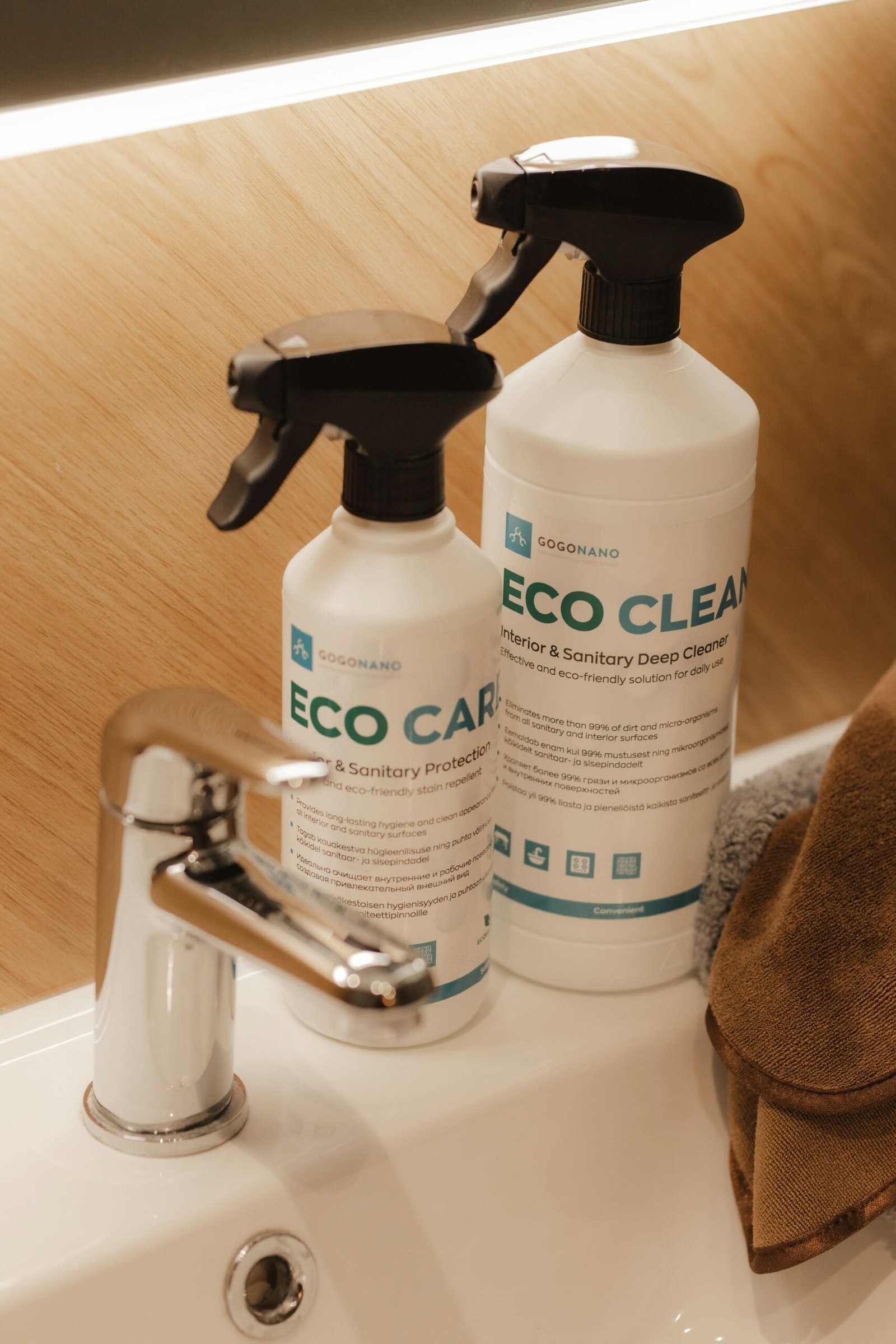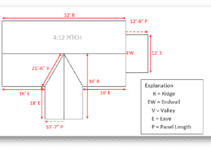Introduction
Welcome to our comprehensive guide on skylights and roof lights! Whether you’re considering installing one in your home or simply curious about these unique features, we’ve got you covered. In this article, we’ll explore the differences between skylights and roof lights, discuss the various types available, provide step-by-step instructions on how to install a skylight, highlight the benefits of roof lights, offer some skylight design ideas, recommend the best brands, share some DIY installation tips, provide maintenance tips, and discuss energy-efficient options and safety precautions. Let’s dive in!

Please, read our post and do not forget to check the YouTube channel “The Roofing Channel”:
https://www.youtube.com/@theroofingchannel
Allow me to mention a video from this channel:
Skylights: What You Need To Know (video)
Skylights vs. Roof Lights
Before we delve into the details, it’s important to understand the distinction between skylights and roof lights. While the terms are often used interchangeably, there are some subtle differences.
Skylights are windows that are installed in the roof, allowing natural light to enter a space from above. They are typically fixed in place and cannot be opened. On the other hand, roof lights refer to any type of window or opening in the roof, including skylights. Roof lights can be fixed or operable, meaning they can be opened to provide ventilation.
Now that we’ve clarified the terminology, let’s explore the different types of skylights and roof lights available.
Types of Skylights
Skylights come in a variety of styles, each with its own unique features and benefits. Here are some popular types:
- Fixed Skylights: As the name suggests, fixed skylights are stationary and cannot be opened. They are ideal for bringing in natural light to a room without the need for ventilation.
- Ventilating Skylights: These skylights are designed to open and allow for airflow. They are perfect for rooms that require both natural light and ventilation, such as kitchens and bathrooms.
- Tubular Skylights: Tubular skylights are smaller in size and are typically used in spaces where a traditional skylight may not be feasible. They consist of a dome on the roof that captures sunlight and a reflective tube that brings the light into the room.
- Skylight Tunnels: Similar to tubular skylights, skylight tunnels are used to bring natural light into areas that are further away from the roof. They consist of a series of reflective tubes that channel light into the desired space.
How to Install a Skylight
Installing a skylight may seem like a daunting task, but with the right tools and instructions, it can be a rewarding DIY project. Here’s a step-by-step guide to help you get started:
- Choose the location: Determine the ideal location for your skylight. Consider factors such as the direction of sunlight, the layout of the room, and any potential obstructions.
- Prepare the opening: Carefully measure and mark the dimensions of the skylight on the roof. Use a reciprocating saw to cut through the roof and create the opening.
- Install the flashing: Apply a layer of roofing felt around the opening to create a waterproof barrier. Then, install the flashing kit provided with your skylight to ensure a watertight seal.
- Secure the skylight: Carefully place the skylight into the opening and secure it in place using the provided brackets or screws.
- Seal and insulate: Apply a bead of silicone caulk around the edges of the skylight to create a watertight seal. Insulate the surrounding area to prevent heat loss.
- Finish the interior: Install any necessary trim or drywall around the skylight to complete the interior finish.
Remember, if you’re not confident in your DIY skills, it’s always best to hire a professional to ensure a proper installation.
Benefits of Roof Lights
Roof lights offer numerous benefits that can enhance both the aesthetic appeal and functionality of your home. Here are a few advantages:
- Natural light: Roof lights allow an abundance of natural light to enter your home, reducing the need for artificial lighting during the day and creating a bright and inviting atmosphere.
- Improved ventilation: If you opt for an operable roof light, you can enjoy increased airflow and ventilation, which is especially beneficial in areas prone to moisture, such as kitchens and bathrooms.
- Energy efficiency: With the right design and materials, roof lights can contribute to improved energy efficiency by reducing the need for artificial lighting and maximizing the use of natural sunlight.
- Aesthetic appeal: Roof lights can add a touch of elegance and sophistication to any space. They create a unique architectural feature and can make a room feel more spacious and open.
Skylight Design Ideas
Now that you’re familiar with the different types and benefits of skylights and roof lights, let’s explore some design ideas to inspire your own space:
- Open concept living: Install multiple skylights in a large, open living area to flood the space with natural light and create a seamless connection to the outdoors.
- Bathroom oasis: Add a skylight above your bathtub or shower to create a spa-like retreat. The natural light will enhance the ambiance and make your daily self-care routine more enjoyable.
- Kitchen brightness: Install a row of small skylights above your kitchen countertops to illuminate the workspace and make meal preparation a breeze.
- Art studio inspiration: If you have a dedicated art studio or creative space, consider installing a large skylight to provide consistent, natural light that’s ideal for artistic endeavors.
Best Skylight Brands
When it comes to choosing the right skylight for your home, it’s important to opt for a reputable brand that offers quality products. Here are some top-rated skylight brands to consider:
- Velux: Velux is a well-known and trusted brand that offers a wide range of skylights, including fixed, ventilating, and tubular options.
- Fakro: Fakro is another popular brand that specializes in skylights and roof windows. They are known for their innovative designs and energy-efficient solutions.
- Sun-Tek: Sun-Tek offers a variety of skylights and roof windows that are designed to withstand harsh weather conditions and provide optimal natural light.
Before making a purchase, be sure to research and compare different brands to find the one that best suits your needs and budget.
DIY Rooflight Installation Tips
If you’re considering installing a roof light yourself, here are a few tips to ensure a successful DIY project:
- Do your research: Familiarize yourself with the installation process by reading the manufacturer’s instructions and watching video tutorials.
- Gather the right tools: Make sure you have all the necessary tools and materials before you begin the installation to avoid any delays or frustration.
- Take safety precautions: Work on a stable surface and use appropriate safety equipment, such as gloves and safety goggles, to protect yourself during the installation process.
- Enlist a helper: Installing a roof light can be a two-person job, so consider asking a friend or family member to assist you.
- Take your time: Rushing the installation can lead to mistakes and potential issues down the line. Take your time and follow the instructions carefully.
Skylight Maintenance Tips
Proper maintenance is essential to ensure the longevity and performance of your skylight. Here are some maintenance tips to keep in mind:
- Regular cleaning: Clean the exterior and interior surfaces of your skylight regularly to remove dirt, dust, and debris. Use a non-abrasive cleaner and a soft cloth to avoid scratching the glass.
- Check for leaks: Inspect the skylight and surrounding area for any signs of leaks, such as water stains or moisture. Address any issues promptly to prevent further damage.
- Trim nearby trees: If you have trees near your skylight, trim the branches regularly to prevent them from scratching or damaging the glass.
- Inspect the seals: Check the seals and flashing around the skylight for any signs of wear or damage. Replace any worn-out seals to maintain a watertight barrier.
Energy-Efficient Skylights
If you’re looking to maximize energy efficiency, consider investing in energy-efficient skylights. These skylights are designed with features that help reduce heat loss and gain, such as:
- Low-emissivity (Low-E) coatings: These coatings minimize the amount of heat that enters or escapes through the glass, helping to maintain a comfortable indoor temperature.
- Insulated frames: Skylights with insulated frames help reduce heat transfer and improve overall energy efficiency.
- Solar-powered options: Some skylights come with built-in solar panels that generate electricity to power the skylight’s operation, reducing the need for additional energy sources.
When shopping for energy-efficient skylights, look for the ENERGY STAR® label to ensure you’re choosing a product that meets strict energy efficiency guidelines.
Skylight Safety Precautions
While skylights offer many benefits, it’s important to take safety precautions to prevent accidents and injuries. Here are some safety tips to keep in mind:
- Install safety screens: Consider installing safety screens or guards over your skylights to prevent falls and protect children or pets.
- Use caution on the roof: When accessing the roof for installation or maintenance, use caution and always follow proper safety procedures.
- Secure ladders: Make sure ladders are stable and secure before climbing onto the roof. Have someone hold the ladder for added safety.
- Keep the area clear: Avoid placing furniture or objects directly under skylights to minimize the risk of injury in case of glass breakage.
By following these safety precautions, you can enjoy the benefits of skylights while ensuring the well-being of yourself and your loved ones.
Conclusion
Skylights and roof lights can transform any space, bringing in natural light and enhancing the overall ambiance of a room. Whether you’re considering installing a skylight yourself or simply looking for design ideas, we hope this guide has provided you with the information you need. Remember to choose the right type of skylight for your needs, opt for reputable brands, follow proper installation and maintenance procedures, and prioritize safety. Enjoy the beauty and benefits of skylights in your home!
Other related posts from our website:
https://howtobuildahouseblog.com/beautiful-scandinavian-style-apartment-with-stunning-roof-terrace/
https://howtobuildahouseblog.com/bring-in-natural-light-tubular-skylight-a-smart-solution/
Thank you so much for your attention.
Stay tuned. We will upload many other amazing posts to our website and videos onto our YouTube channel.



No Responses